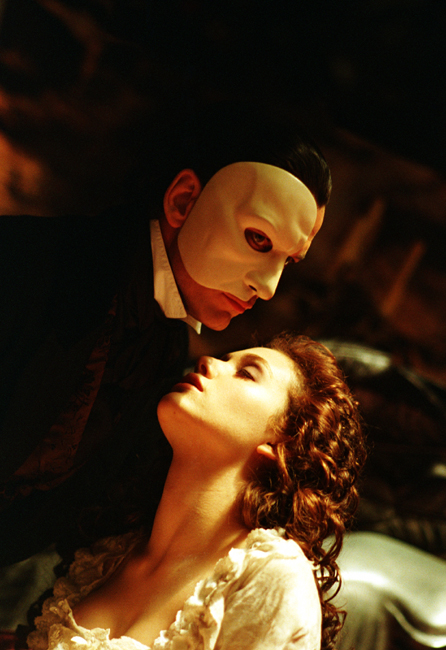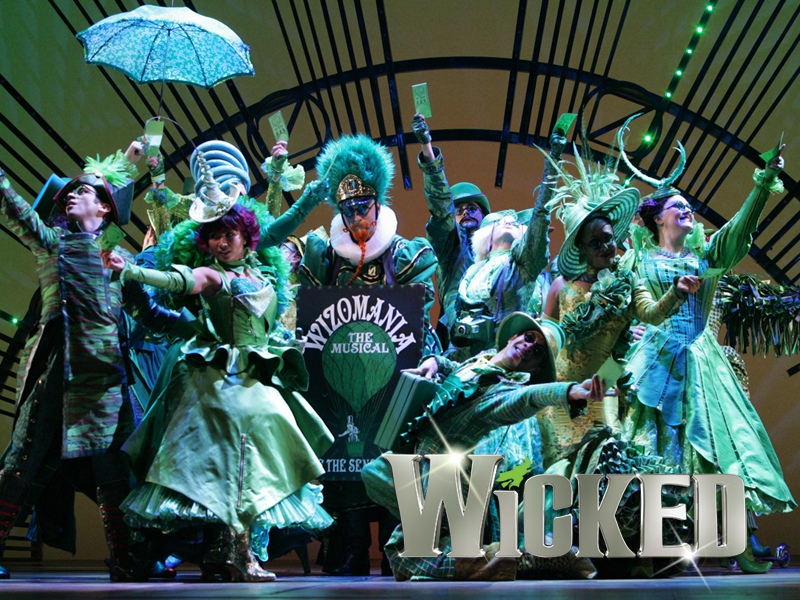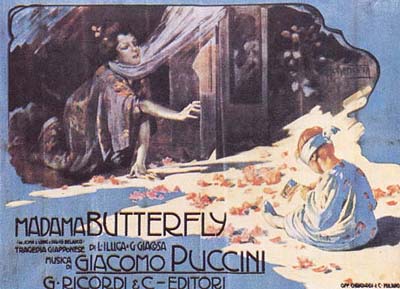
Is an art form in which singers and musicians perform a dramatic work that combines text known as libretto and a musical score. Opera is part of the Western classical music tradition.Opera also incorporates many of the elements of spoken theatre, such as acting, scenery, and costumes as well as sometimes includes dance. The performance is typically given in an opera house, accompanied by an orchestra or smaller musical ensemble.
Opera started in Italy at the end of the 16th century with Jacopo Peri's lost Dafne, produced in Florence around 1597. It soon spread through the rest of Europe: Schütz in Germany, Lully in France, and Purcell in England all helped to establish their national traditions in the 17th century. However, in the 18th century, Italian opera continued to dominate most of Europe, except France, attracting foreign composers such as Handel. Opera seria was the most prestigious form of Italian opera, until Gluck reacted against its artificiality with his "reform" operas in the 1760s. Today the most renowned figure of late 18th century opera is Mozart, who began with opera seria but is most famous for his Italian comic operas, especially The Marriage of Figaro, Don Giovanni, and Così fan tutte, as well as The Magic Flute, a landmark in the German tradition.
Light Opera

as known as comic opera denotes a sung dramatic work of a light or comic nature, usually with a happy ending. Forms of comic opera first developed in late 17th-century Italy. By the 1730s, a new operatic genre, opera buffa, emerged as an alternative to opera seria. It quickly made its way to France, where it became opéra bouffon, and eventually, in the following century, French operetta, with Jacques Offenbach as its most accomplished practitioner.
The influence of the Italian and French forms spread to other parts of Europe. Many countries developed their own genres of comic opera, incorporating the Italian and French models along with their own musical traditions. Examples include Viennese operetta, German singspiel, Spanish zarzuela, Russian comic opera, English ballad opera, and Savoy Opera.
Musical


Musical theatre is a form of theatre combining songs, spoken dialogue and dance. The emotional content of the piece – humor, pathos, love, anger – as well as the story itself, is communicated through the words, music, movement and technical aspects of the entertainment as an integrated whole. Although musical theatre overlaps with other theatrical forms such as opera, it may be distinguished by the equal importance given to the music as compared with the dialogue, movement and other elements of the works. Since the early 20th century, musical theatre stage works have generally been called, simply, "musicals
For someone to acquire a truly operatic voice
Well, how long does it take different people to read a book? How long does it take different people to become fit for a race? It varies. The speed of the progress a person makes, depends on the condition of your vocal organ, and the diligence and dedication with which you approach.
This depends upon the individual, as some people progress faster than others. It also depends on how frequently you have lessons, your age, condition, physiology and whether you have bad vocal habits that need to be corrected.
Opera by Puccini

Madama Butterfly (Madame Butterfly) is an opera in three acts (originally two acts) by Giacomo Puccini, with an Italian libretto by Luigi Illica and Giuseppe Giacosa. Puccini based his opera in part on the short story "Madame Butterfly" (1898) by John Luther Long, which was dramatized by David Belasco. Puccini also based it on the novel Madame Chrysanthème (1887) by Pierre Loti.
According to one scholar, the opera was based on events that actually occurred in Nagasaki in the early 1890s.
Madame Butterfly originated in a story by John Luther Long and was adapted for the stage by David Belasco. The play premiered with great success in New York in 1900, then quickly crossed the Atlantic for a London production where it was seen by Giacomo Puccini. Puccini's first version of the opera failed at La Scala in 1904, but a revised version was successful the same year, the version that we hear today, one of the most frequently produced operas in the entire repertory.
Butterfly is different from many operas. It is intimate, devoid of spectacle, taking place completely within a house in Nagasaki. There is one straight plot line, without subplots. Girl wins boy, girl loses boy, girl commits hara kiri. What makes the piece work are the characterizations of Butterfly and her Captain Pinkerton, both in the drama and in the rich and luscious Puccini score.
From when we first meet Pinkerton, a dashing officer in the United States Navy, it is clear that the man is a philandering heel, infatuated with the fifteen year old Butterfly, cognizant of her fragility, but "not content with life unless he makes his treasure the flowers on every shore." He says as he compares her to a butterfly, "I must pursue her even though I damage her wings."
The stage for the tragedy is set. We meet the beauteous Cio-Cio San, not a complete innocent - she has been a geisha, after all - but nonetheless fragile, unworldly, and in love with the handsome sailor. She deceives herself, despite abundant warnings, as to Pinkerton's motives.
The tale unfolds with well written dialogue, sung to music which captures the feelings of love and yearning and pain, raising the entire experience into the realm of great art, transcendently moving. This simple plot provides the vehicle for the arias of love and loss and hope and despair, the stuff of which the very best operatic music is made.
No comments:
Post a Comment